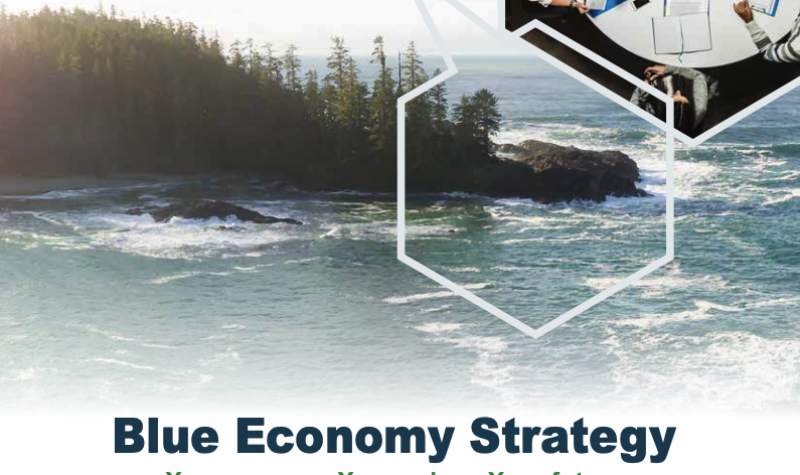More than 1,600 Canadians responded to the Blue Economy Survey launched by the Department of Fisheries and Oceans this week, looking at ways to support and improve coastal community economic development across Canada.
The What We Heard Report was released this week and included perspectives from Indigenous groups, coastal communities and commercial fisheries, among other stakeholders involved with the roundtable discussions.
According to a press release from DFO, respondents urged the federal government to improve ocean and fisheries monitoring and addressing climate change, develop concrete, science-based solutions to effectively managing ship–whale interactions, as well as improved innovations for world sustainable seafood markets, integration of the unique knowledge of Indigenous peoples in decision making and to improve data on overfishing and illegal, unreported and unregulated fishing.
“Canada’s oceans are a tremendous economic resource,” DFO Minister Joyce Murray said in a press release.
“They have the potential to be part of climate solutions, and they can continue to be a source of sustainable economic opportunity, provided we recognize protecting its ecosystems and growing the ocean economy.
More than 40 roundtables conducted over 158 days contributed to the report. Although it is not clear how the federal government plans to implement the findings of the report, Minister Murray reiterated the current output of coastal economies in Canada at around $30 billion a year with hopes to increase and sustain that output in various sectors in the coming years.


